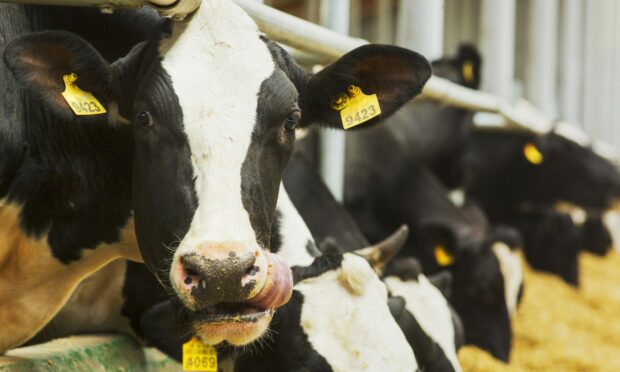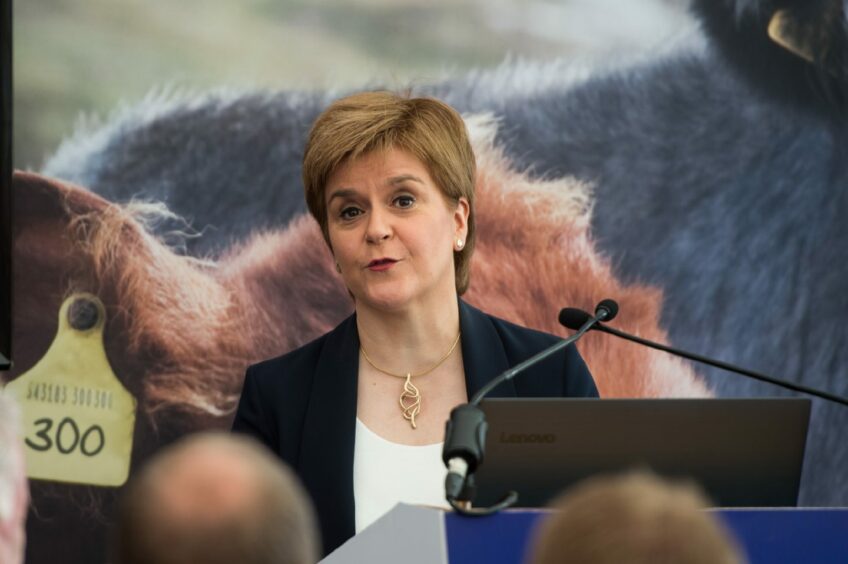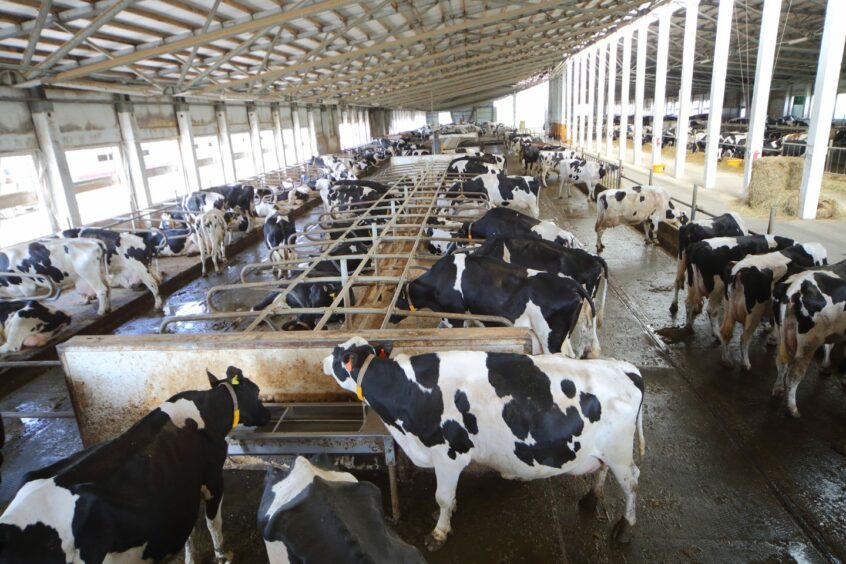Scotland is to become a production hub for a livestock feed additive which will reduce methane emissions, thanks to a £100m investment by a Dutch multinational company.
Royal DSM’s plant at Dalry will produce the feed additive Bovaer® which has the potential to reduce methane emissions from cattle and sheep by approximately 30%.
First Minister Nicola Sturgeon, who will meet Geraldine Matchett the company’s co-CEO , welcomed the boost to the economy and said it would secure the Dalry site’s long-term future.
She said: “Methane reducing feed additives are a crucial part of the solutions that the agriculture sector needs to deploy towards achieving climate ambitions.
“This multi-million pound investment will make Scotland the home of this innovative product and highlights that Scotland is leading the way in delivering a net zero future.”
Ms Sturgeon said the government’s vision for the future of agriculture was a positive one “with a clear ambitious aim: to transform how we support farming and food production in Scotland to become a global leader in sustainable and regenerative agriculture.”
Last month Rural Affairs Secretary Mairi Gougeon announced a National Test Programme of funded measures to assist in reducing agricultural emissions, with up to £51 million of investment over three years.
Ms Sturgeon said: “We continue to work collaboratively with our agricultural industry, environmental bodies and renowned scientific partners to consider the complex issues around multi-faceted land use and decisions that impact on them, while we identify the best way to ensure delivery of these outcomes in line with a Just Transition.”
According to DSM’s website, just a quarter teaspoon of Bovaer® per cow per day suppresses the enzyme that triggers methane production in a cow’s rumen and consistently reduces enteric methane emission by approximately 30% for dairy cows and even higher percentages (up to 90%) for beef cows.
The investment in the plant, which has been supported by Scottish Enterprise, is expected to safeguard more than 300 existing jobs, and see an increase of job numbers of around 10%. Between 100 and 150 construction jobs are also expected to be created over two years.


